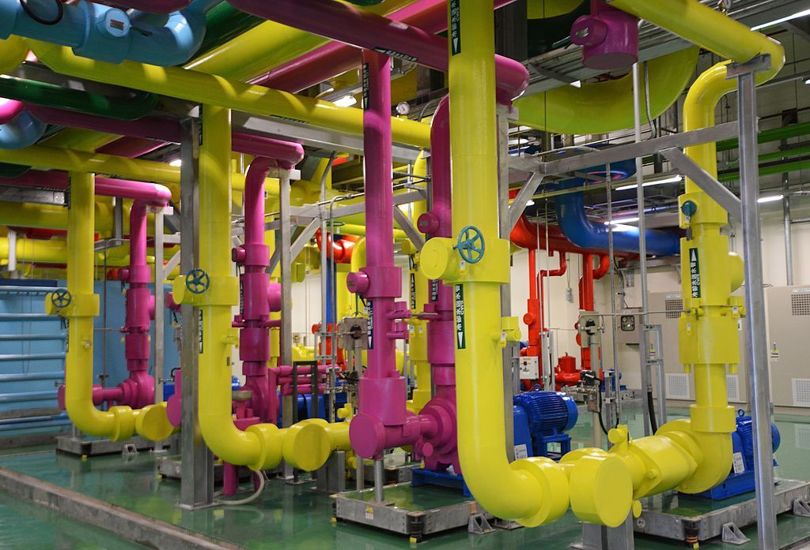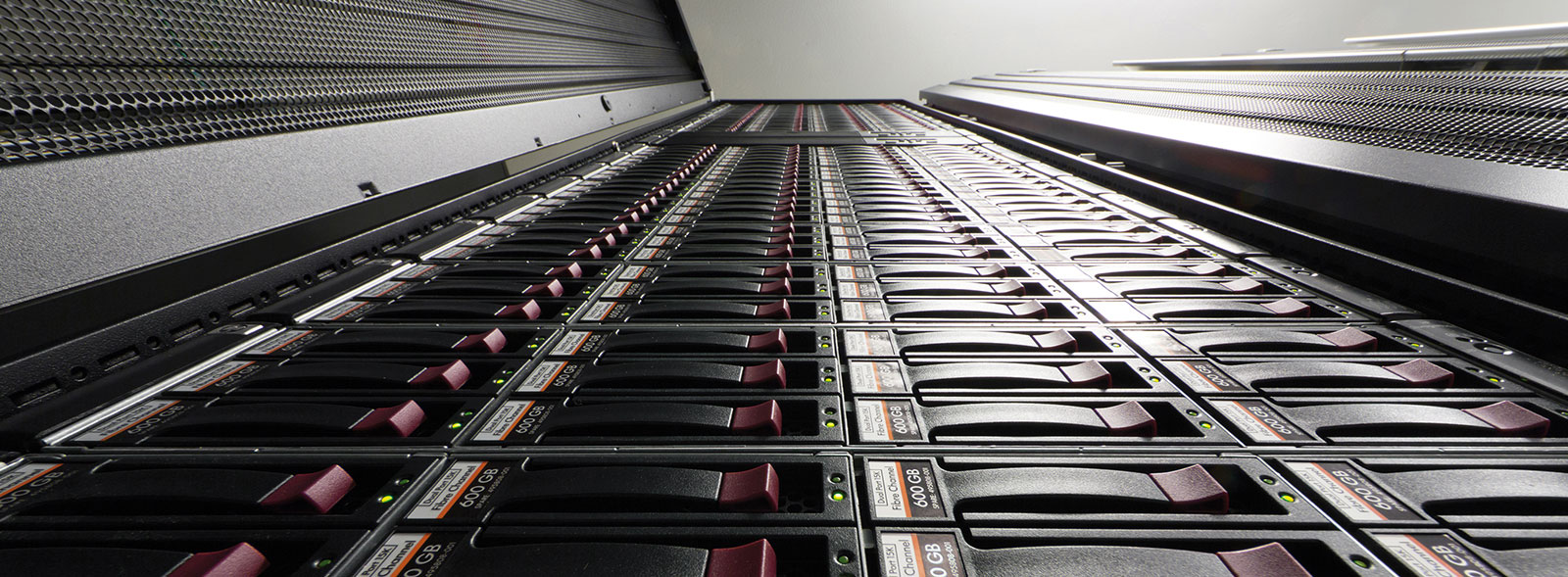Data center infrastructure: what awaits us in the new year. Trends and opinions

At the end of the year - the beginning of the next, many companies and individuals make any predictions. This may be the economic, financial, scientific sphere (as is the case, for example, with IBM and its forecast 5 in 5). We at Kingservers track experts' forecasts regarding the telecommunications sector. Actually, we ourselves can predict the strengthening of some trends, since in some cases everything is too obvious.
Over the past and this month, we have collected the opinions of some experts and analysts, adding our own vision. Well, now we can share all this with Habr. Of course, analytics is a subjective thing, but some things stand out so clearly that it is simply impossible to err here. Let's see what the new year can bring to data center operators and the entire telecommunications industry.
More focus on protecting data center infrastructure
Despite the fact that cyber security is becoming an increasingly serious area of work (and when, in fact, cyber security was not serious?), Attackers continue to hack the most seemingly secure systems. Therefore, now companies are strengthening this direction, trying not only to counteract hacker attacks, but also to recover from such attacks as quickly as possible. The main thing for many is to keep their infrastructure operational, not allowing it to collapse, which may lead to the data center going offline. And here nobody blows on the water - the danger is real. According to a study conducted by the Ponemon Institute, last year about 22% of the data center, which attackers carried out, went offline for a while. This study is called Cost of Data Center Outages 2016 .
')
In addition, the problem is the restoration of infrastructure after the implementation of successful attacks. Surprisingly, most of the companies that work in the field of telecommunications do not understand very well what to do after the attack has already occurred. Most managers and employees of such companies consider the attack an unlikely event and are not preparing to eliminate its consequences.
Micro data centers are becoming more relevant
Mobile solutions have always been relevant, and now, with the expansion of the IoT-sphere, such solutions have become absolutely indispensable. In addition to IoT, the so-called industrial Internet of things (IIoT) is also rapidly developing, plus the relevance of such a direction as streaming media content is increasing. Micro-data center, which can be located as close as possible to the infrastructure, helps to cope with all this.
As a result, the collection and analysis of data (for example, from various IoT sensors) is greatly simplified. Micro data center is little different from ordinary data centers, the main difference is size. In addition, they are usually modular, so they can be quickly deployed. The task of the industry now is to create micro data centers and develop tools for their monitoring and management.
Micro data centers, among other things, are usually equipped with specialized solutions for their infrastructure. This primarily concerns power supply and cooling.
Reduced operating costs

A very important topic for data center operators is reducing operating costs. Over the past few years, a number of interesting solutions have been created to reduce energy costs. Among others, there are solutions for creating smart cooling infrastructure management systems. This, for example, frikuling and neural networks. The same corporation Google was able to reduce energy consumption in their DC by about 40% through the use of the development of DeepMind.
AI from DeepMind (the so-called weak form of AI) was trained to monitor server equipment and infrastructure elements (for example, cooling systems). For control, 120 different parameters of the data center were allocated, including control of air conditioners, closing or opening windows, fan speed, etc.
The created algorithms are self-learning, and can work in a variety of conditions, including unforeseen ones. And this is just the beginning of work. Now DeepMind is trying to convince Google’s management of the need to install additional sensors in data centers that will collect information for control algorithms. Receiving more and more data in real time about the state of the data center, the AI can even more effectively manage its work.
Such decisions will soon cease to be exotic and will become a constant practice. This will allow companies to reduce operating costs for a variety of cost items, it is not just about cooling.
DCIM solutions become more relevant.

In general, this term refers to the integration of information technology and management functions for centralizing control, management and planning of the work of the main infrastructure systems of a data center. Such a solution is usually needed for the engineering team of DC.
Who needs all this? First of all, we are talking about the fact that a well-chosen and tuned DCIM-solution allows to increase the efficiency of operation of both the entire data center and its individual elements. As a result, the cost of IT-service falls when recalculated per user per unit of time. In the future, this allows to improve the reliability of data center operation while simultaneously improving the services provided to users. Another pleasant side is the reduction of operating costs for data center operation.
For data center operators, DCIM solutions are needed to solve problems of various specificities. This could be the management of hybrid cloud platforms or the maintenance of data center clients by remote monitoring of their assets. There are a large number of different schemes using DCIM, and they can all be of benefit to the operator.
Further work with HDD

Despite the fact that many data center operators are switching to solid-state drives, a full transition to this alternative is not yet possible and is unlikely to be possible in the near future. Too much difference between the cost of SSD, HDD, hybrid drives (especially when it comes to professional equipment). So far, it is hard drives provide the optimal combination of capacity, speed, reliability and price.
Plus, the HDD supplier companies release new models of hard drives with increased volume and speed. It is likely that corporate HDDs with a memory capacity of 16 TB will appear on the market this year.
Switch to lithium
Yes, now valve-regulated lead-acid cells (VRLA) are widely used. However, this is not the best solution for battery systems. The problem is both in size and heat dissipation, and that VRLA require frequent maintenance.
Lithium-ion based solutions have been around for a long time, and these solutions are becoming more affordable. They have several advantages at once, being smaller than VRLA, respectively, occupying a smaller area, freeing up space for server equipment and other types of systems. Similar systems also require less maintenance and generate less heat.
Modularity
Yes, modular schemes are becoming increasingly popular, since, with a number of drawbacks, they have a large number of advantages. First of all, it concerns the ability to quickly deploy modular data centers with simultaneous commissioning. In addition, such DCs quickly scale and work quite effectively. The equipment in them, if necessary, can be quickly replaced or updated, since such solutions are usually standardized.
Actually, the above are the main points that we would like to mention. It would be interesting to know your thoughts about what the data center operators will have to face in the new year, which trends will dominate and which ones will reverse.
Source: https://habr.com/ru/post/319354/
All Articles